Month: August 2019
Know Your Sushi
Find out what makes nigiri different from sushi and if musubi is the same as inarizushi! Here’s a quick guide to understanding Japanese sushi-related terms!
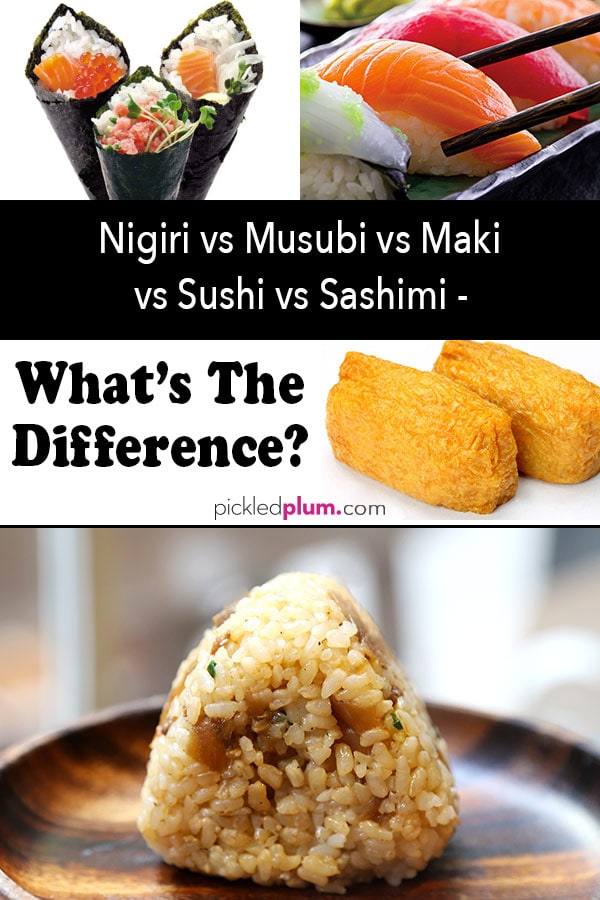
BUT WHAT ABOUT NIGIRI SUSHI (PRONOUNCED NIGIRIZUSHI)?
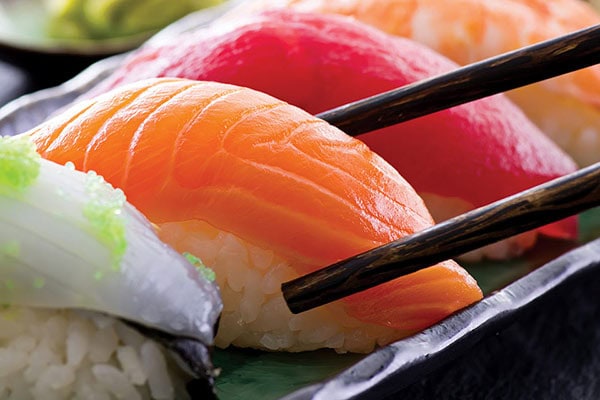
Totally different!
Nigiri sushi (握り寿司) is vinegar flavored rice shaped into small oblong mounds and topped with either raw fish, eggs or vegetables. They are usually served in pairs or can come on wooden trays as part of a set meal. It’s what we think of when we hear the word sushi – the classic one bite dish we’ve all come to love so much.
WHAT IS SUSHI THEN (寿司, 鮨)?
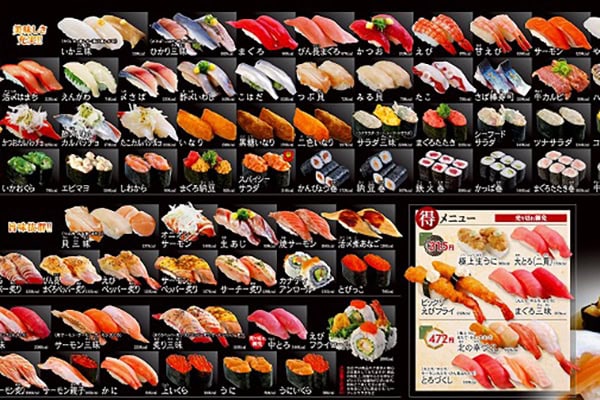
Sushi is rice seasoned with salt, sugar and vinegar. The literal translation of the word sushi is vinegar rice. It comes in many different varieties. Basically, sushi is a general word for any food that comes with vinegared rice. Therefore maki is sushi, nigirizushi is sushi and inarizushi are also considered sushi.
Nigiri and musubi on the other hand are not sushi.
WHAT IS MAKI 巻き, URAMAKI AND TEMAKI 手巻き (ROLL VS HAND ROLL)?
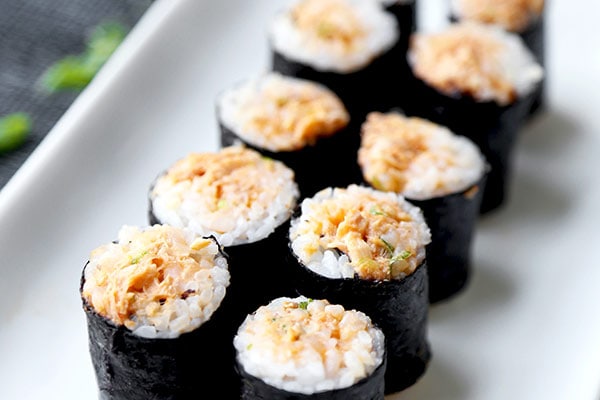
Maki are sushi rolls with nori (dried seaweed sheets) wrapped on the outside. There’s futomaki (太巻き), which are fatter rolls containing more than one ingredients in the center. For example, California rolls are futomaki rolls. Then there’s hosomaki rolls (細巻き) which are mini maki rolls with only one filling. Popular hosomaki rolls include tuna rolls (tekka maki), salmon rolls and cucumber rolls.
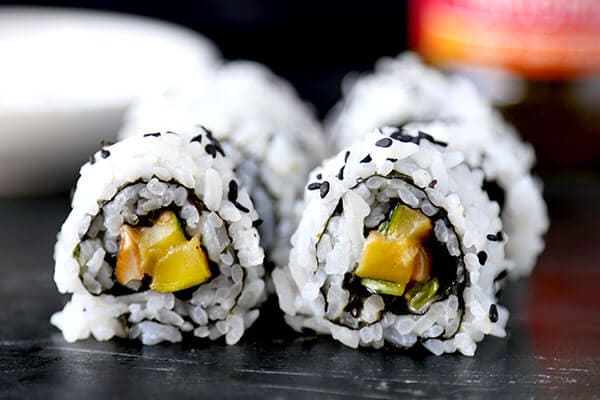
Uramaki rolls (裏巻き) on the other hand are inside out rolls where the nori is placed between the rice and ingredient of choice (fish, veggies). Most dragons rolls are served uramaki style.
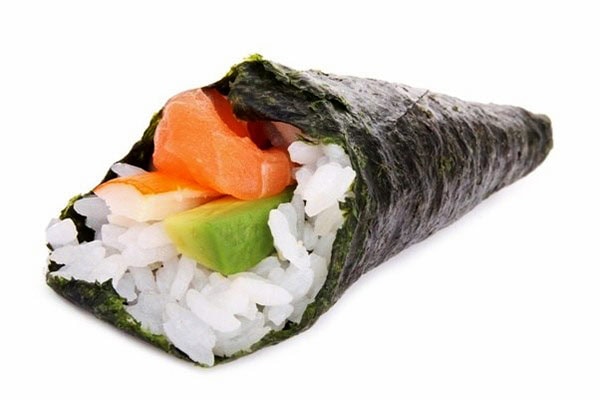
Temaki (手巻き) are hand rolls. They look like cones made with nori (dried seaweed) and stuffed with sushi rice and fish, cucumber, avocado and/or other ingredients.
WHAT IS INARI SUSHI (PRONOUNCED INARIZUSHI)?
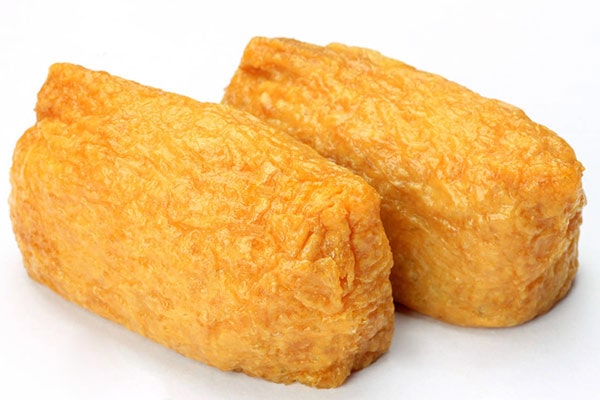
Inarizushi are fried tofu pockets filled with seasoned sushi rice. Unlike other sushi, inarizushi is sweeter than savory, and somewhat wet in texture. That’s because the fried tofu pockets, called inariage, are soaked in a mixture of dashi, soy sauce and sugar. They are then squeezed until most of the liquid is out and then filled with sushi rice.
WHAT IS SASHIMI (刺身)?
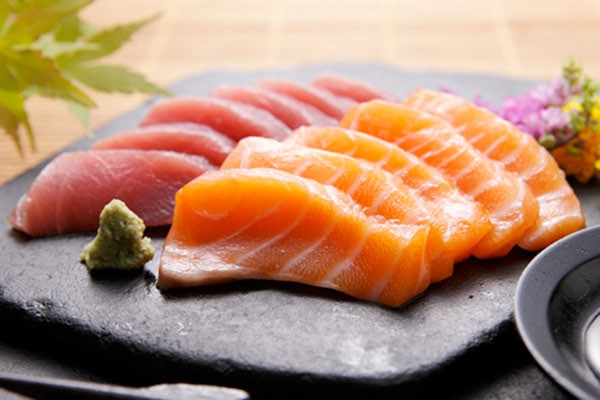
This one is the easiest to remember because there is simply never any rice involved. What most westerners know as sashimi are pieces of raw fish served with a side of pickled ginger and wasabi. But sashimi can also be raw meat, chicken, tofu skin or even vegetables (as long as they are served raw).
The term sashimi literally translates to “pierced body/meat”. It may derive from the culinary practice of sticking the fish’s tail and fin to the slices in identifying the fish being eaten.
Japanese Alphabet Helper
Hiragana Made Easy(er): Sa and Ta

Japanese by Sound
Hiragana sound or mnemonic chart original source HERE.

No matter how you try to learn another language, having little helpful clues can aid you in your memorization.
Some people need pictures or little sayings to help them remember the alphabet. There are several like these found around the web, but I’ve put some together for you above.
Is Japan Cool
Maru and Chon Chon
K-G The K family line changes to G with TEN TENS so we call it KILLER GORILLA
S-Z S line changes to Z= SMELLY ZOO
T-D T line changes to D= TOP DOG
H-B H line changes to B= HAPPY BIRTHDAY
H-P H line changes to P when used with a circle (maru) HOT PIE or HARRY POTTER
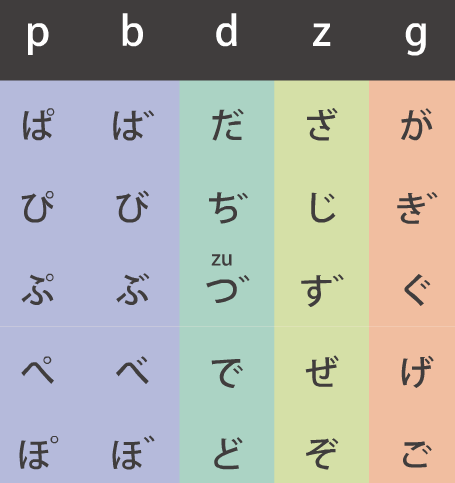
- ka
- ki
- ku
- ke
- ko
Year 12 // Sentence Structure

Year 9 // Ordering Food from Ramen Station
Year 9 // Counting with Tsu
A more neutral suffix for counting would be –tsu. If you are not sure which to use, this one will be more widely understood by the Japanese listener. Adding this suffix to numbers is a little tricky because the first several numbers will take irregular form.
| 1 | 一つ | ひとつ | |
| 2 | 二つ | ふたつ | |
| 3 | 三つ | みっつ | |
| 4 | 四つ | よっつ | |
| 5 | 五つ | いつつ | |
| 6 | 六つ | むっつ | |
| 7 | 七つ | ななつ | |
| 8 | 八つ | やっつ | |
| 9 | 九つ | ここのつ | |
| 10 | 十 | とお | |
| 11 | 十一/十一個 | じゅういち/じゅういっこ | |
| 12 | 十二/十二個 | じゅうに/じゅうにこ | |
| 100 | 百/百個 | ひゃく/ひゃっこ | |
| 1,000 | 千/千個 | せん/せんこ | |
| 10,000 | 一万/一万個 | いちまん/いちまんこ | |
| How many | いくつ | いくつ |
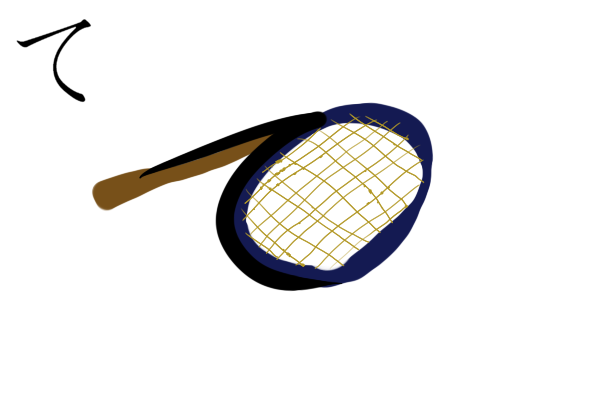
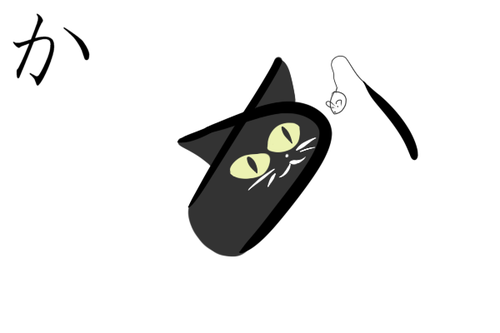
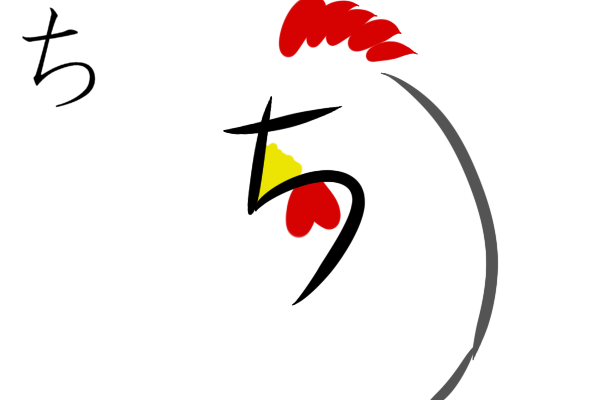
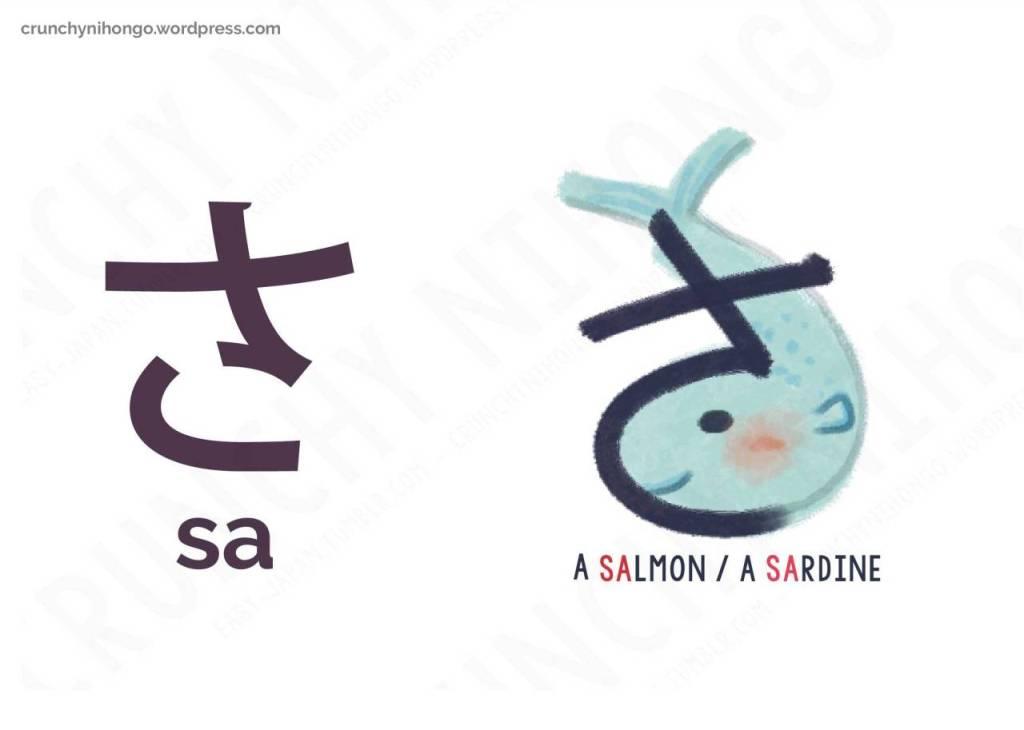

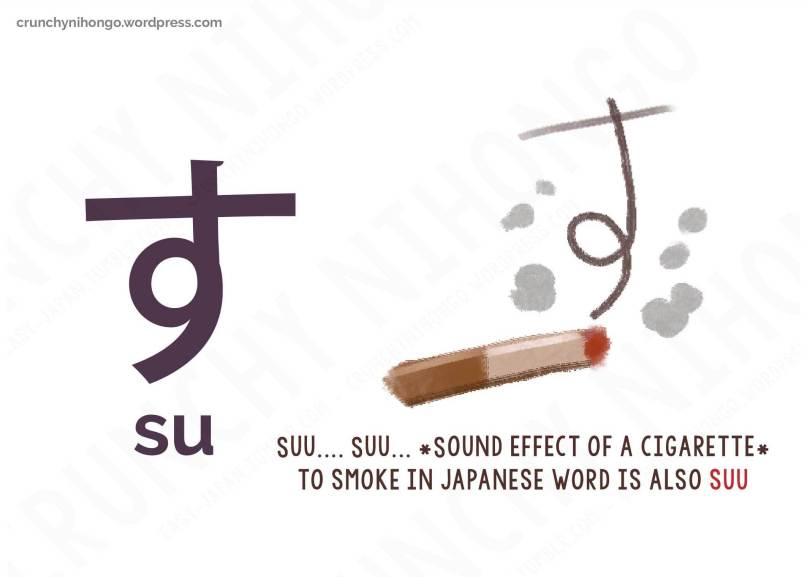

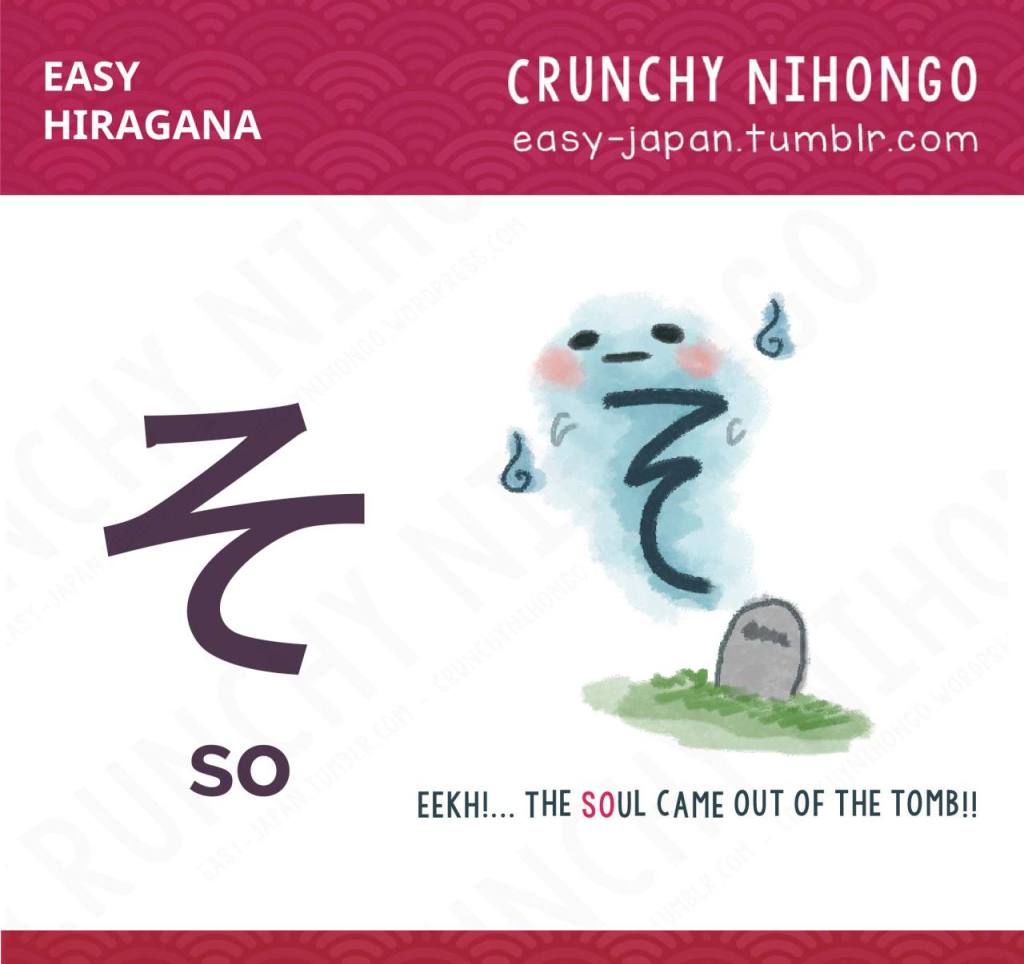

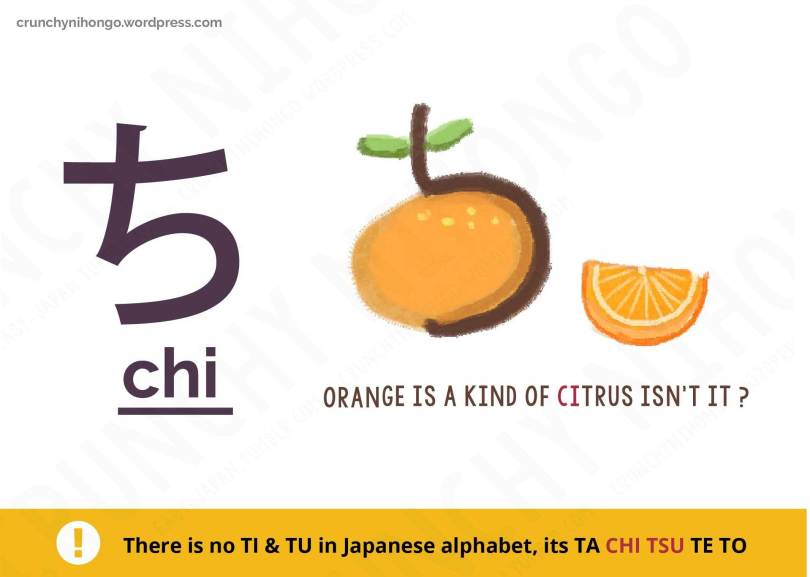

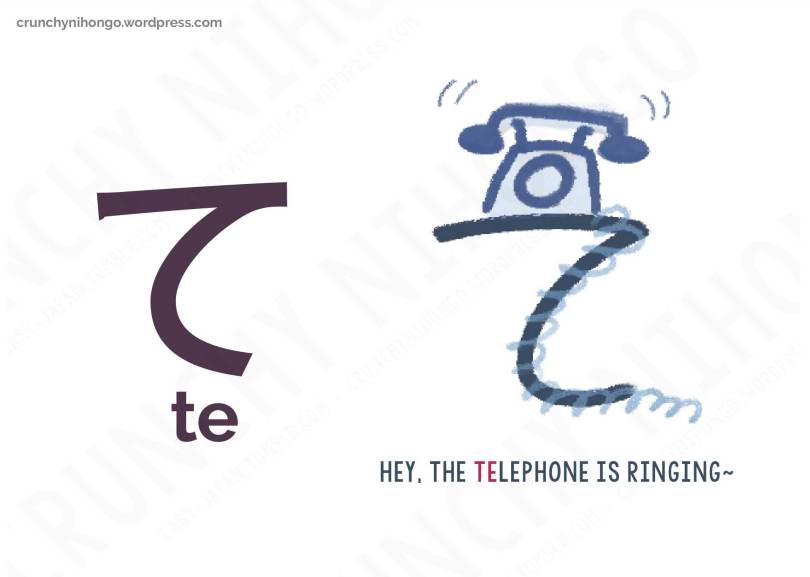

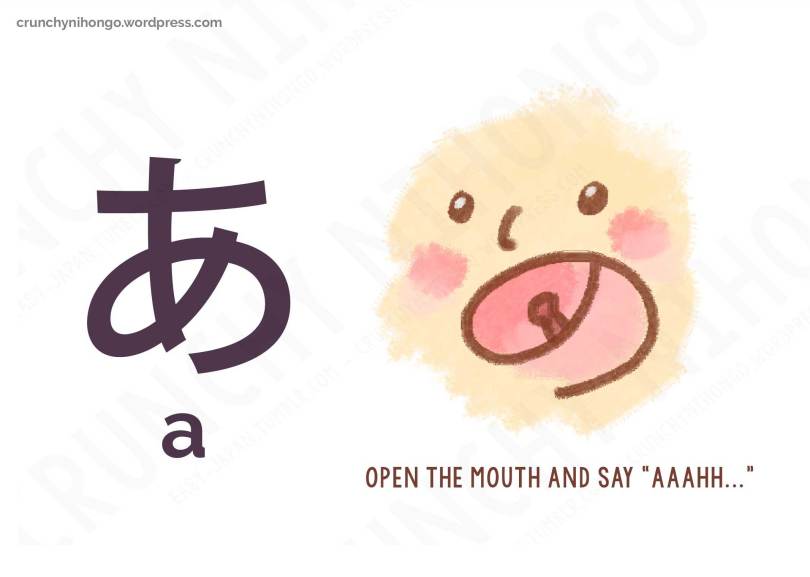

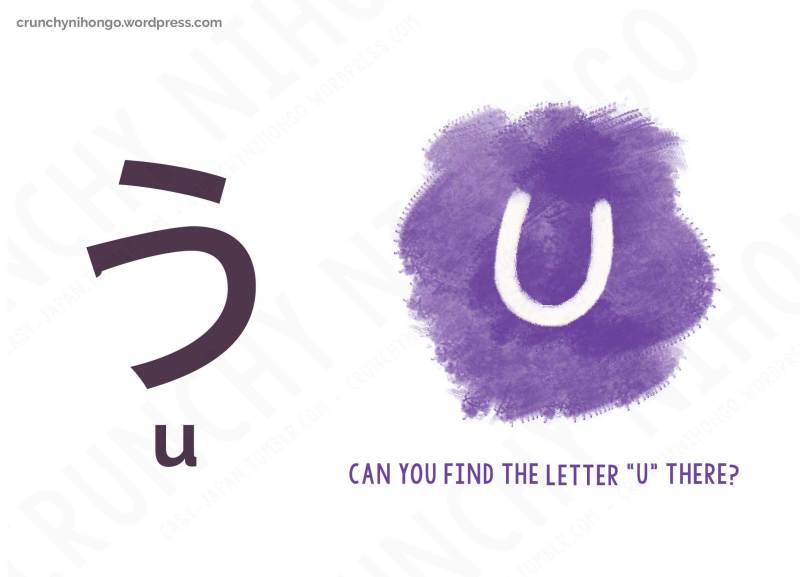
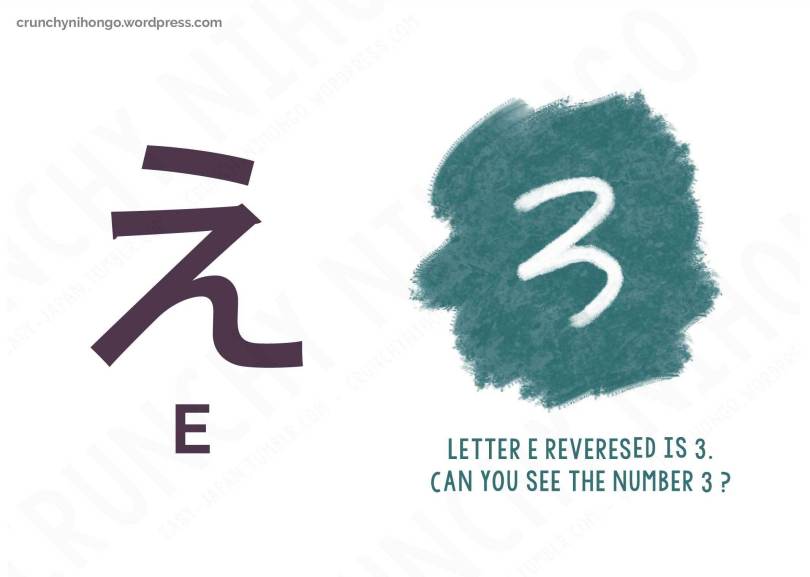
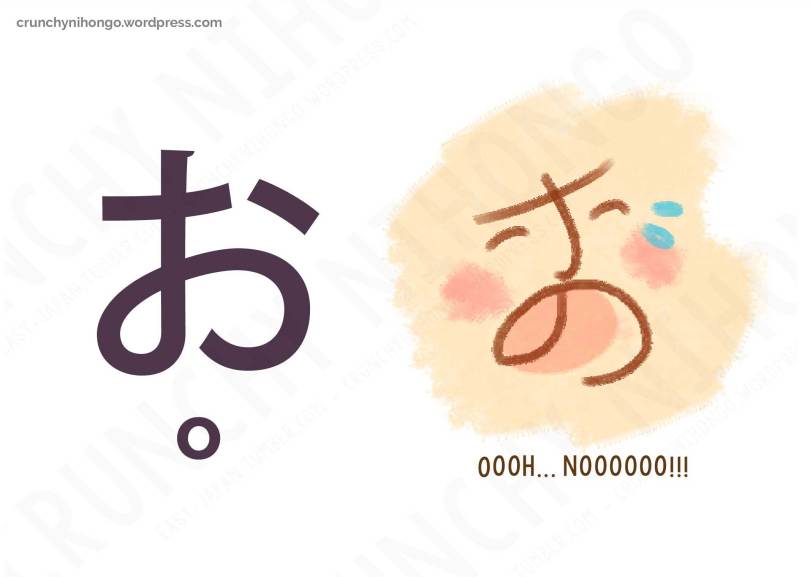

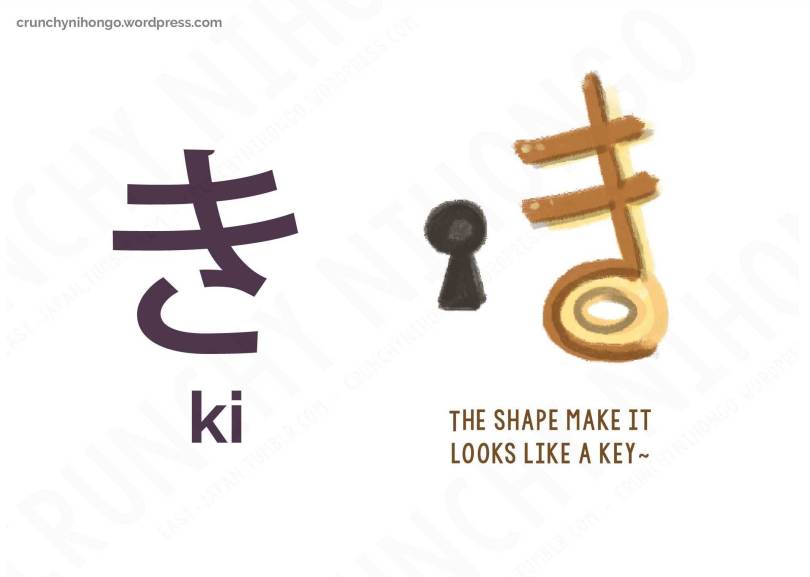
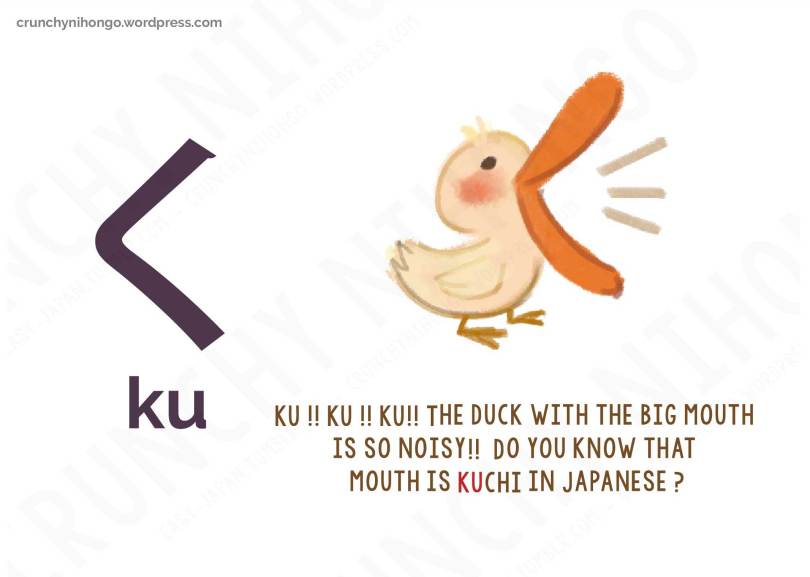
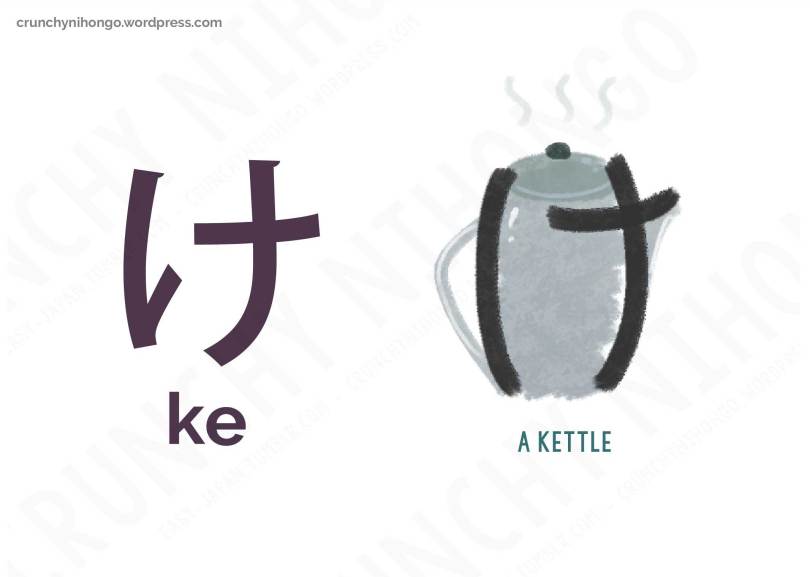
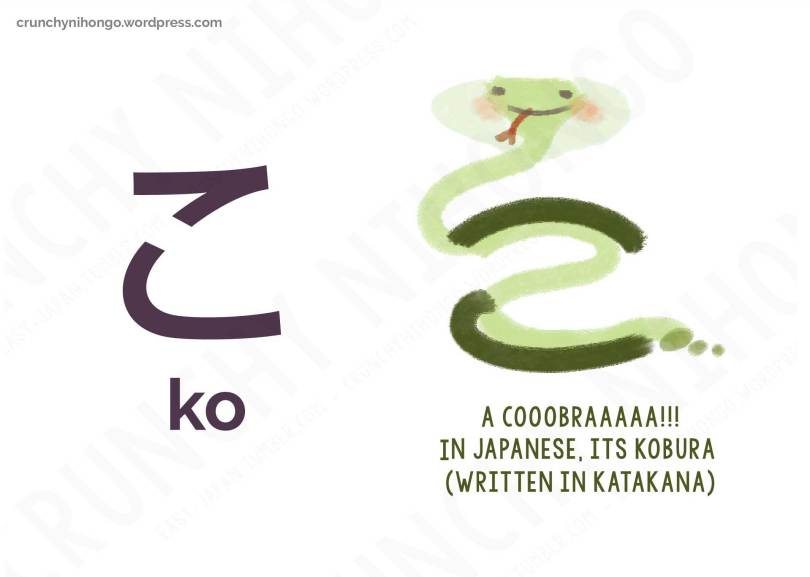
You must be logged in to post a comment.